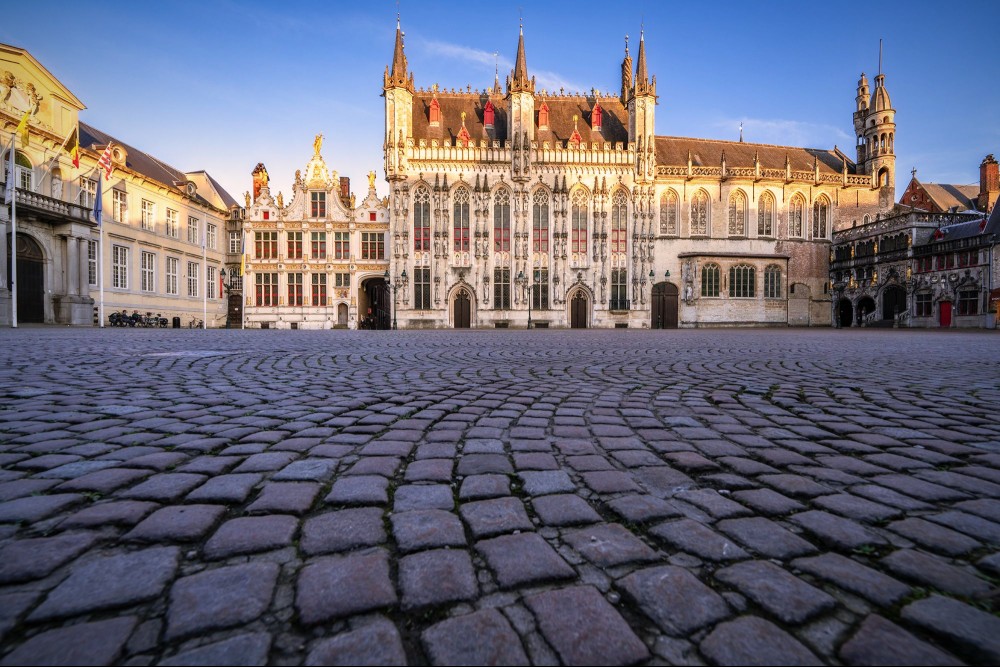Bruges Faces a Worrying Tourist Trend: The Theft of Historic Cobblestones

Instead of taking home traditional souvenirs like magnets, postcards, or a charming local keepsake, some tourists in Bruges, one of Belgium's most iconic cities, are choosing to steal cobblestones from its historic streets. This dangerous trend not only damages the city's historic charm but poses a serious threat to its cultural heritage.
The City Council of Bruges recently reported the theft of hundreds of cobblestones from the historic center, particularly in the most visited areas. According to Franky Demon, Alderman for Public Property, some places are losing between 50 and 70 stones per month, often during the peak tourist seasons of spring and summer. Authorities suspect that tourists are removing the heavy stones and sneaking them into their suitcases.
Beyond heritage damage, this issue also raises safety concerns. Missing cobblestones leave holes in the pavement that could lead to accidents and injuries. Repairs are not only expensive but must match the centuries-old look of the original stones.
“We simply ask for respect. Anyone walking through Bruges is walking through centuries of history. Leave that cobblestone where it belongs,” said Demon, emphasizing that responsible tourism includes preserving the places you visit. Every stolen stone is both a symbolic and physical loss for the city.
Unfortunately, Bruges is not alone. In Morocco, authorities have banned tourists from taking desert sand as souvenirs. In Rome, the famous sampietrini — cobblestones made from solidified lava — are regularly stolen, and Pompeii has long struggled with visitors taking historic stones.
What some see as a “unique souvenir” is in reality an act that erodes the historical legacy of entire cities. Bruges, with its medieval charm, needs tourists who admire its beauty — not those who take it, stone by stone.














